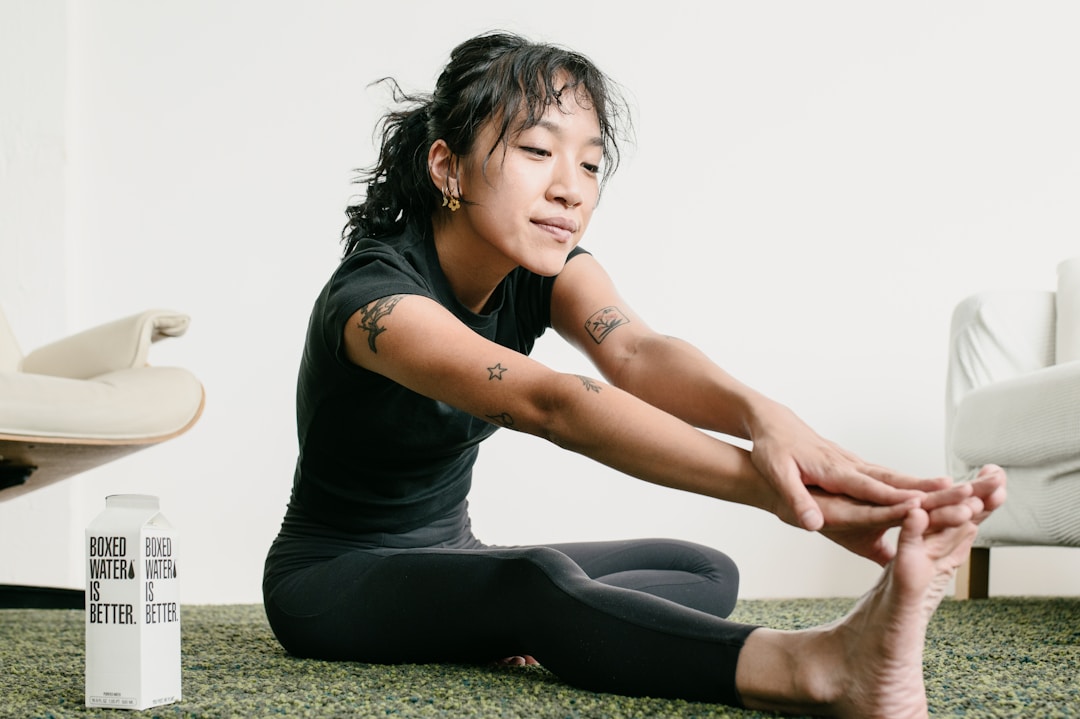Whether you’re just beginning your fitness journey or an active gym-goer, safety should always be a priority. Yet, it’s not unusual to see individuals ignoring safety practices during workouts. Do you want to remain injury-free and become more effective in your workouts? Keep reading to discover how you can ensure your safety during exercise routines.
Hydrate! The Importance of Fluid Intake during Exercise
Staying hydrated is crucial for overall health, but it becomes significantly important during workouts. It helps regulate body temperature, lubricates joints, and delivers nutrients to keep you energetic.
Start your workout well-hydrated and keep water within reach. Consider drinks that provide electrolytes if you’re working out at high intensity or for extended periods. An electrolyte hydration powder can help replenish what your body loses through sweating.
Dehydration can create several health complications, from mild headaches to severe cardiovascular issues. So, monitor your body and drink fluids accordingly.
Remember, overhydration is also harmful, which can lead to hyponatremia, a condition marked by low sodium levels in the blood. Therefore, keep your hydration levels balanced.
Ensuring Proper Workout Form: Avoiding Injury Through Correct Technique
A good workout begins with the right form. Utilizing correct techniques can significantly decrease your risk of injury, boost your exercise efficiency, and improve your overall performance.
Watching workout routines on the internet doesn’t always help, as it’s difficult to assess your form without guidance from a fitness professional. Therefore, you might find it beneficial to work with a personal trainer initially to master the correct workout forms.
Remember, poor technique can lead to muscle imbalances, which can increase your risk of injuries. So, pay attention to form before you push for more repetitions or weight.
Consistency with good form will take your fitness journey a long way. Whether you’re lifting weights or doing yoga, maintaining proper form ensures maximum benefits while reducing potential harm.
The Role of Warm-ups and Cool-downs in Workout Safety
A successful workout comprises warm-ups and cool-downs in addition to the main exercise sequence. Warming up prepares your body and mind for the upcoming strenuous activity, reducing potential injuries.
A dynamic warm-up increases body temperature, improves flexibility, and boosts blood flow to the muscles. Prisoner squats, leg swings, or arm circles are some effective warm-up exercises.
On the other hand, a cool-down brings your body back to its resting state. A good cooldown can consist of light jogging or walking, deep breathing, and stretching exercises.
Ignoring these crucial elements can cause abrupt changes in your heart rate and blood pressure, which might lead to dizziness or faintness. Therefore, never skip these stages in your workout regimen.
Understanding Your Body’s Signals: When to Take Breaks
Your body is smarter than you think. It often sends out signals when it needs rest. Understanding these signs can avoid overuse injuries or burnout.
You might be determined to push through exhaustion to reach your fitness goals. Yet, encountering symptoms like persistent fatigue, decreased performance, or mood swings indicates your body needs recovery.
Embrace rest days in your workout schedule because your body needs time to rest, repair, and strengthen itself. Also, listen to your body during workouts. If something doesn’t feel right, stop, and give your body the rest it requires.
Remember, continuous stress without adequate recovery leads to overtraining syndrome, which can hamper your fitness progression. Therefore, take care not to exacerbate the situation.
Using Fitness Equipment Appropriately: A Key to Exercise Safety
The range of gym equipment available can be overwhelming, particularly for newbies. While these machines can enhance your workouts, improper use can lead to injury.
If you’re unfamiliar with a particular machine, request gym staff, or a trainer for demonstrations. Employing the wrong method or incorrect weight can have detrimental effects on your body.
Moreover, make sure to clean equipment before and after use, particularly in public gyms. This habit will ensure the machine is safe for use by preventing the potential spread of germs or bacteria.
Regardless of your level, always remember that fitness goals should never compromise safety. Understanding and using gym equipment correctly is a significant step towards a safe and effective exercise routine.
Altogether, being smart about safety can enhance your workout efficiency, prolong your fitness journey, and most importantly, keep you injury-free. So, pay attention to technique, stay hydrated, warm up, listen to body signals, and understand the correct use of fitness equipment.


